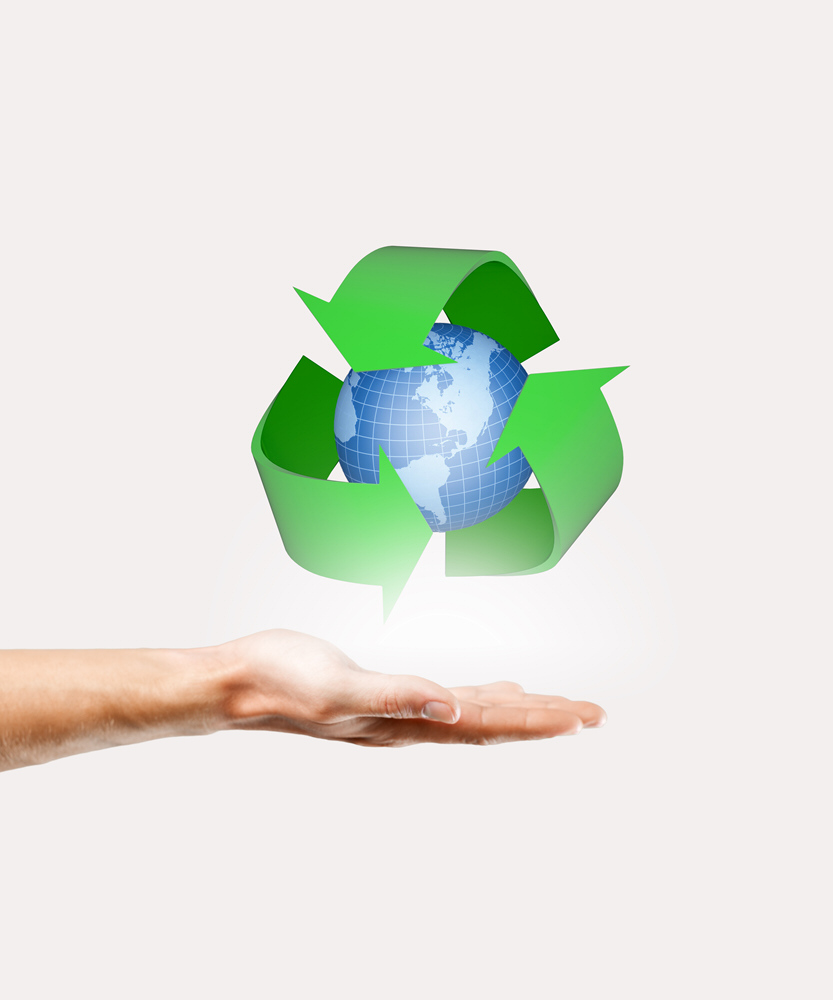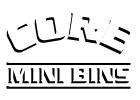Is it Time to Change What we Recycle

Earlier this year, China refused to continue allowing plastic waste from abroad into its borders. In response, many waste management companies across North America were left without arrangements. As things began to change to accommodate China’s ban on plastics, demand rose on certain plastics and fell on others.
This highlights the troublesome predicament many municipalities face. As much as they may like to recycle everything, what they can recycle is reserved only to the facilities that surround them and the pathways down which they can send waste.
It’s the market that dictates what can be recycled and what cannot. If there’s no demand for a given recycling product, it may eventually end up in a landfill somewhere. Across Ontario, there are plastics that end up in landfills simply because we don’t have a way to recycle them. The long-term viability of certain plastics and recycling products is up in the air at the moment, because of the lack of market there is. There are many different kinds of plastic out there. We would like to highlight a few here to use as an example of what we mean.
Polyethylene Terephthalate (PET)
PET is the most common type of plastic used in plastic bottles and other food packaging. These have the best chance at getting recycled as this is where so much of the market has targeted. It’s highly recyclable.
High-density Polyethylene (HDPE)
HDPE plastic is used predominantly in cleaning products, laundry detergents, and shampoo bottles. HDPE is commonly accepted into Ontario’s blue bin programs as it is similar to PET in the sense that the markets are very well-developed and stable. Demand for HDPE remains moderate.
Polyvinyl Chloride (PVC)
PVC lacks a stable market to support its recycling leaving it in the grey area of whether it makes sense to recycle or not. PVC plastics are among the most difficult to sell. There is some development happening in this space however today, if you have PVC plastic, it’s likely to be headed towards the landfill.
Low-density Polyethylene (LDPE)
LDPE plastics are commonly used in food wrappers, squeezable bottles, and dry cleaning bags. The interesting thing about LDPE plastics is that they are very recyclable. The problem is that they are sometimes not accepted into recycling programs, such as Ottawa’s, because they get easily caught in the sorting equipment. They can wreck gears, conveyor belts, and more. That’s the issue.
Polypropylene (PP)
PP plastics are used predominantly in food for products like yogurt, margarine, and cream cheese. There’s evidently a lot of polypropylene out there. Thankfully, the market is expanding at a fast rate and the demand remains high.
Polystyrene (PS)
PS plastics are used in plastic food containers that require more rigidity to it, such as yogurt containers. Some municipalities do not accept these while others do. Unlike the other categories on this list, this is less about a market and more about quality of plastic. These plastics do not have a high quality to them, meaning there is not much recycling to do with them.
As a waste management and recycling company, Toronto’s own Core Mini Bins supports further development of markets that maximize our waste. If you are looking for waste management, recycling, junk removal, dumpster rental, or more, please get in touch with a Core Mini Bins representative today.


